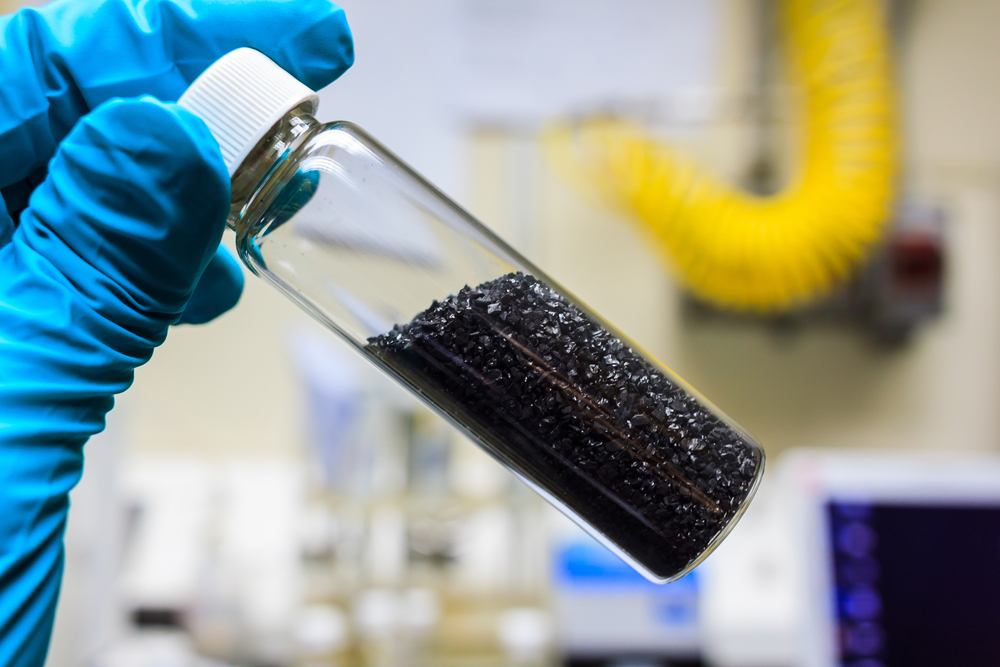For Stafford Sheehan, a cofounder and chemist at Air Company, perfume-making is more than simply creating an enticing scent. Air Company, established in New York, uses technology that transforms carbon dioxide into ethanol, which is then blended with essential oils and water to create the pale yellow Air Eau de Parfum. Sheehan emphasizes the unique value, stating, “Every 50-milliliter bottle uses 3.6 grams of CO2 that otherwise would have been released into the atmosphere.” This technology demonstrates an innovative and fascinating method of putting captured carbon to use, which Sheehan reiterates, adding: “Our package reads: ‘Turning CO2 into something beautiful.'”
Capturing and utilizing carbon: startups on the frontlines
While renewable energy and electric vehicles make gains toward reducing carbon emissions, the growing field of CCU is gaining traction as a possible game changer. According to the International Energy Agency’s 2019 study, around 230 million tons of CO2 are used each year. Advocates of CCU believe that the number of companies exploring new carbon applications has increased in recent years, indicating a promising option for combating climate change.
“Carbon-derived fuels and chemicals could theoretically grow to the scale of billions of tons of CO2 use per year if companies could perfect their technology and lower costs,” the report suggests.
Air Company’s scent is not the only endeavor in the CCU market. CleanO2, headquartered in Calgary, converts CO2 captured from building heating boilers into feedstock for soap manufacture. Newlight Technologies, situated in California, transforms atmospheric carbon into biodegradable plastics. Covestro AG, a German company, is using carbon-derived materials in a wide range of products, including vehicle shells and medical equipment.
Regulation and investment driving CCU growth
The worldwide venture capital community is increasingly interested in CCU, with approximately $500 million invested in carbon utilization startups in 2022 alone. This increase in investment contrasts significantly with 2015, when limited venture funding supported CO2 utilization technologies. Regulations and incentives are critical, with the Inflation Reduction Act, signed by US President Joe Biden in 2022, greatly increasing the tax credit for carbon capture and utilization, making these projects more financially viable.
“It’s very hard to be at cost parity with a 100-year-old industry that doesn’t even have to pay for its externalities,” admits Jennifer Holmgren, CEO of LanzaTech Global Inc.
Carbon utilization in concrete: a novel approach to building materials
CCU’s innovative uses extend into the construction industry. “Cement is a big offender in carbon emissions,” says Constance Cincotta, proprietor of Glenwood Mason Supply, a Brooklyn-based firm showcasing a novel solution. The startup collects CO2 from a residential building and turns it into a powder that resembles dry ice. This powder is then combined with cement, sand, and aggregate to form concrete blocks containing sealed-in CO2. The technique not only stores carbon but also increases the strength of the blocks.
Glenwood Mason Supply believes that the company has used approximately 100 tons of CO2 in its construction blocks since 2020. Amazon.com Inc. was drawn to the factory’s CO2-storing concrete blocks, and in 2022, the company convinced a real estate developer to buy approximately 50,000 blocks for the construction of a new warehouse in New York, which Amazon has leased.
Challenges and opportunities: the future of CCU technology
While CCU holds great promise, there are still hurdles ahead. Scaling up facilities to match the impact of oil refineries is a lengthy process. Startups like Air Company require large-scale production facilities to address rising demand for carbon-derived products. Despite the challenges, the appeal of transforming captured carbon into common things is fueling innovation in the CCU industry.
“We need to scale these facilities to the size of oil refineries today in order to have the impact on climate change that we want to have,” Sheehan says.
Despite its potential, the carbon utilization industry has yet to threaten the status quo. While Air Company began selling carbon-derived perfume in 2021, Sheehan says the business has yet to establish its first commercial facility due to the time-consuming process of collecting data and fine-tuning the technology for large-scale production.












